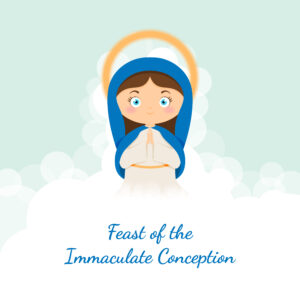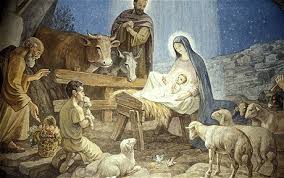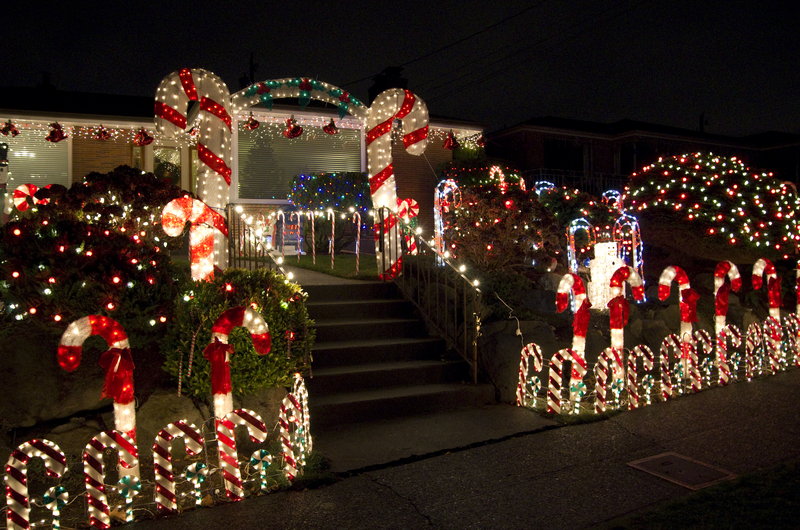Christmas is the most universally recognized holiday in the modern world. The holiday is celebrated on the 25th of December, and for many it is considered the most joyous time of the year. But when was the beginning of Christmas?
Christmas like most holidays, derives from pagan roots and was merged with universal theology to create a holiday that could be celebrated by millions. Christmas is a unique melting pot of ideas and traditions. Below are some interesting facts.
Saturnalia and the Merging Christianity
As many holidays, part of Christmas celebrations that finds its root in pagan holidays. The Romans were among the first to have a Christmas like celebrations when they celebrated Saturnalia. Saturnalia was a holiday to honor the god Saturn, who was the god of agriculture, wealth, and liberation. Saturnalia was a celebration that occurred from December 17-25, and was marked as a period of lawlessness. Courts were closed and no punishments could be handed out. Historians have documented this time as a dark period in Roman society. There were rumors of human sacrifice and of the people eating human-shaped cookies.
In the fourth century, Christians were wanting to claim Saturnalia and erase its hedonistic ways and incorporate it into a newer more Christian friendly holiday. This is why the then Pope, declared that the birthday of Jesus Christ would be marked as the 25th of December.
It was due to the original pagan roots, that many different sects of Christianity thought that celebrating Christmas was a sin. It was one of the leading arguments that Puritans used to separate themselves from the rest of Christianity. In fact, Christmas was illegal in Massachusetts from the year 1659-1681 because they felt it was ungodly to celebrate a holiday that had been combined with pagan ancestry.
The Origins of Santa Claus
Everyone knows that Santa comes out on Christmas to deliver presents to good little children. Almost every culture in the world has their own Santa origin story. Most of these stories are based around a real-life person named Nicholas. Nicholas was born in 270 CE in Turkey and was later made a Bishop of Myra. It is believed that he died somewhere around 345 CE and was sainted during the 19th century. Not much is known about his life except that he was a very jolly person and that he gave to charity quite often. After his death, a sort of cult following happened. Members of his cult would give gifts to children on the day of St. Nicholas’ death, which was assumed to be around the 6th of December. This gift giving was extended to filling stockings full of small prizes for children that had been good and virtuous. Families that celebrated the saint would come together and feast in his honor. Eventually the church decided to incorporate Christmas and St. Nicholas, and instead of children receiving gifts on the 6th of December, they would now have their feast and receive their gifts on the 25th of December, in celebration of Jesus Christ’s birthday.
















































